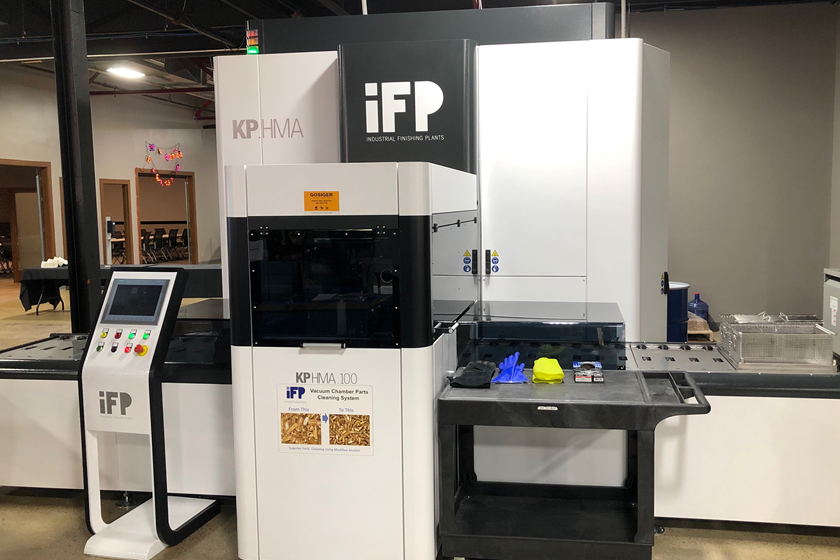Powder Coating On Wheels
Products Finishing columnist and powder coating consultant Rodger Talbert discusses powder coating alloy wheels.
#asktheexpert

Rodger Talbert has more than 30 years of experience in the powder coating industry.
Q: We have a batch powder coating system that can run a variety of large and small parts. We do some jobs that are production parts and we also take in work for recoating existing stuff. We get requests to powder coat alloy wheels when the coating has been damaged or aged. We can get a good look in with a lot of bright options in metallic colors, flat black and other finishes. Our problem is that we do not know for sure that we will get a long-lasting coating that can handle the rough environment of a wheel mounted on a vehicle. Our current process is to blast to remove the old coating or other soils and then apply the topcoat. We have had some complaints when the coating gets scratched off or fades in sunlight. We would love some guidance on the best possible process to ensure a good look and good performance.
When alloy wheels are powder coated at a manufacturer, they go through a multi-stage wash and treatment process to prepare the metal for adhesion and long-term performance. You do not have that kind of process that provides superior pretreatment. As a result, you need a process that replaces a robust pretreatment process with a durable coating process.
Featured Content
Blasting is necessary to remove the old coating, soils and oxide layer from the wheel. Use a medium grit blast media, preferably not steel. A high-quality garnet or aluminum oxide can work. Talk to your blast media supplier about options that will provide a reliable blast profile of around 1.5 mils of peak to valley distance. Blast clean to a near white or white surface as defined by NACE (National Association of Corrosion Engineers) blast standards. After blasting, the part should be coated as soon as possible to avoid the formation of a new oxide layer on the surface and get the part coated while it is still clean.
Now comes a vital step for high performance; apply a primer coat of high-quality epoxy powder, about 1.5 to 1.8 mils thick. Do not apply the primer too heavily. Typically, the primer coat is partially cured to a point where it has melted and flowed and begun to gel but not fully cured. This process, called “B-Stage”, provides a surface that is partially hardened and receptive to the application of the topcoat. Some primers are fully cured before application of the topcoat but take care not to over-cure it because that could result in inner-coat adhesion problems. After the topcoat of around 2.0 to 3.0 mils is applied, the part is returned to the oven for a full co-cure.
If the topcoat is metallic, I would recommend the application of a clear-coat to add protection from abrasion and exposure to sunlight. Not all powder manufacturers or particular powders need the clear-coat added, but for the best possible performance, it will be a welcome addition. Obviously, this multi-step process adds to the cost of coating the wheel. Educate your customer to help them understand the added protection against road conditions and the longer life of the coating when it is processed this way. It is worth it.
Rodger Talbert
Rodger Talbert began his career in coatings in 1976 when he went to work for a small company that does metal fabrication and custom coating. He worked there for 10 years, rising to the position of VP of Sales and Marketing. He left there to work as a sales engineer for a larger company that designs and builds coating systems, and worked there for seven years. In 1993, Talbert started his own business as a consultant. He ran his own corporation for 15 years before joining The Powder Coating Institute as technical director in 2009. He served as the PCI Executive Director until June 2012.
RELATED CONTENT
-
Removing Cured Powder Coatings
Question: What methods are available for removing cured powder coatings, and what are the pros and cons of these methods?
-
Automate Your Brush Plating Operation
Derek Kilgore from Sifco ASC says the brush plating operation can be mechanized, semi-automated or even fully automated.
-
Top Reasons to Switch to a Better Cleaning Fluid
Venesia Hurtubise from MicroCare says switching to the new modern cleaning fluids will have a positive impact on your cleaning process.



















